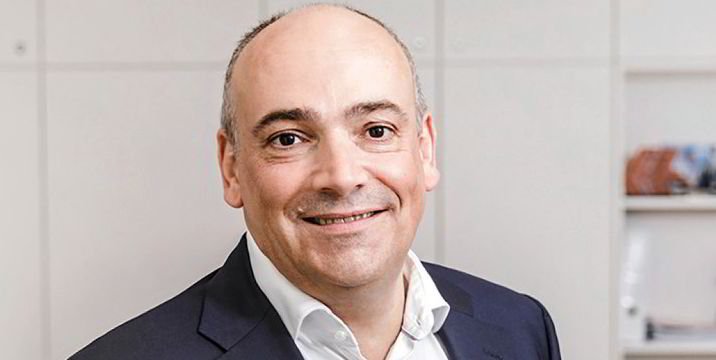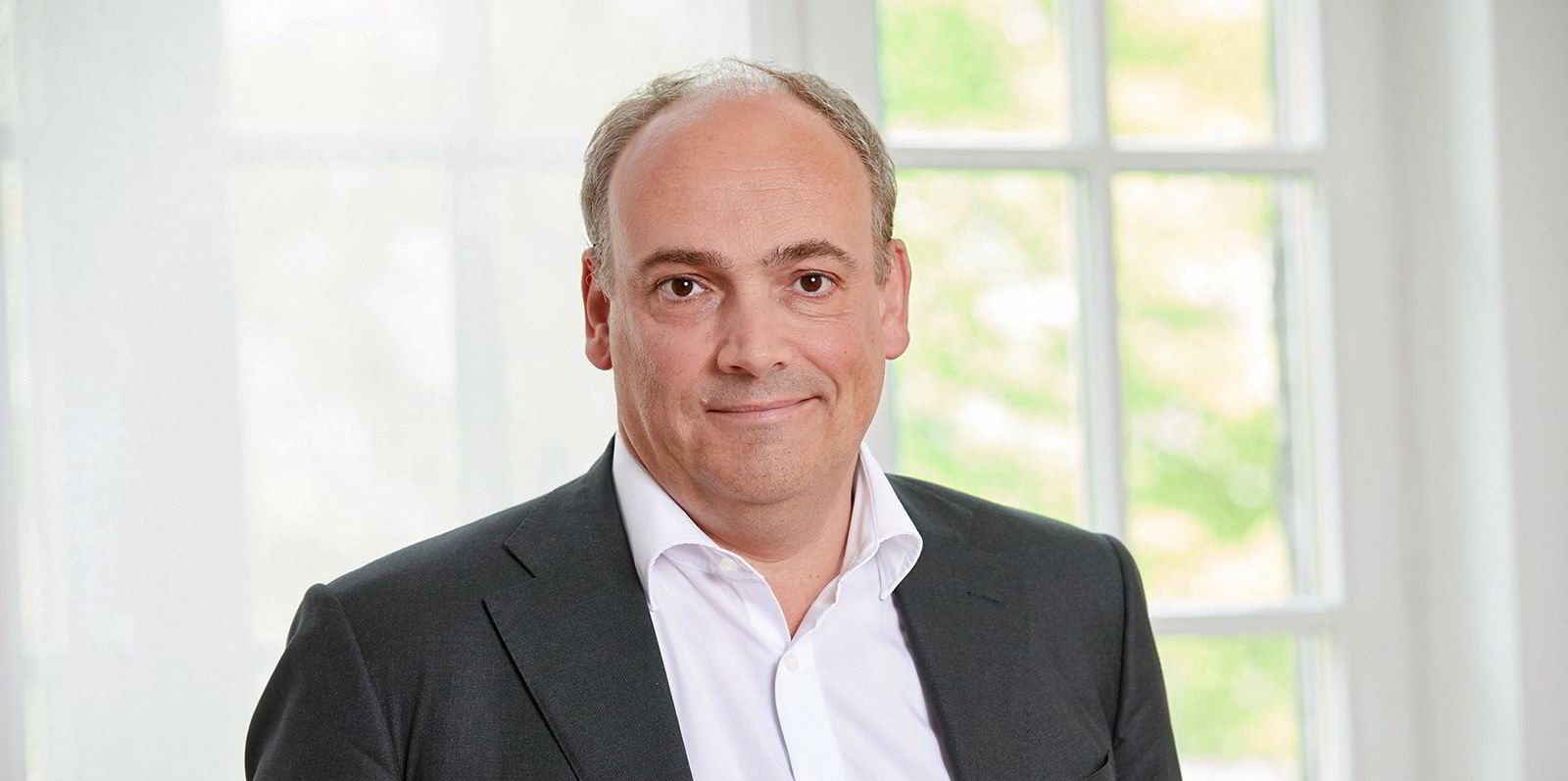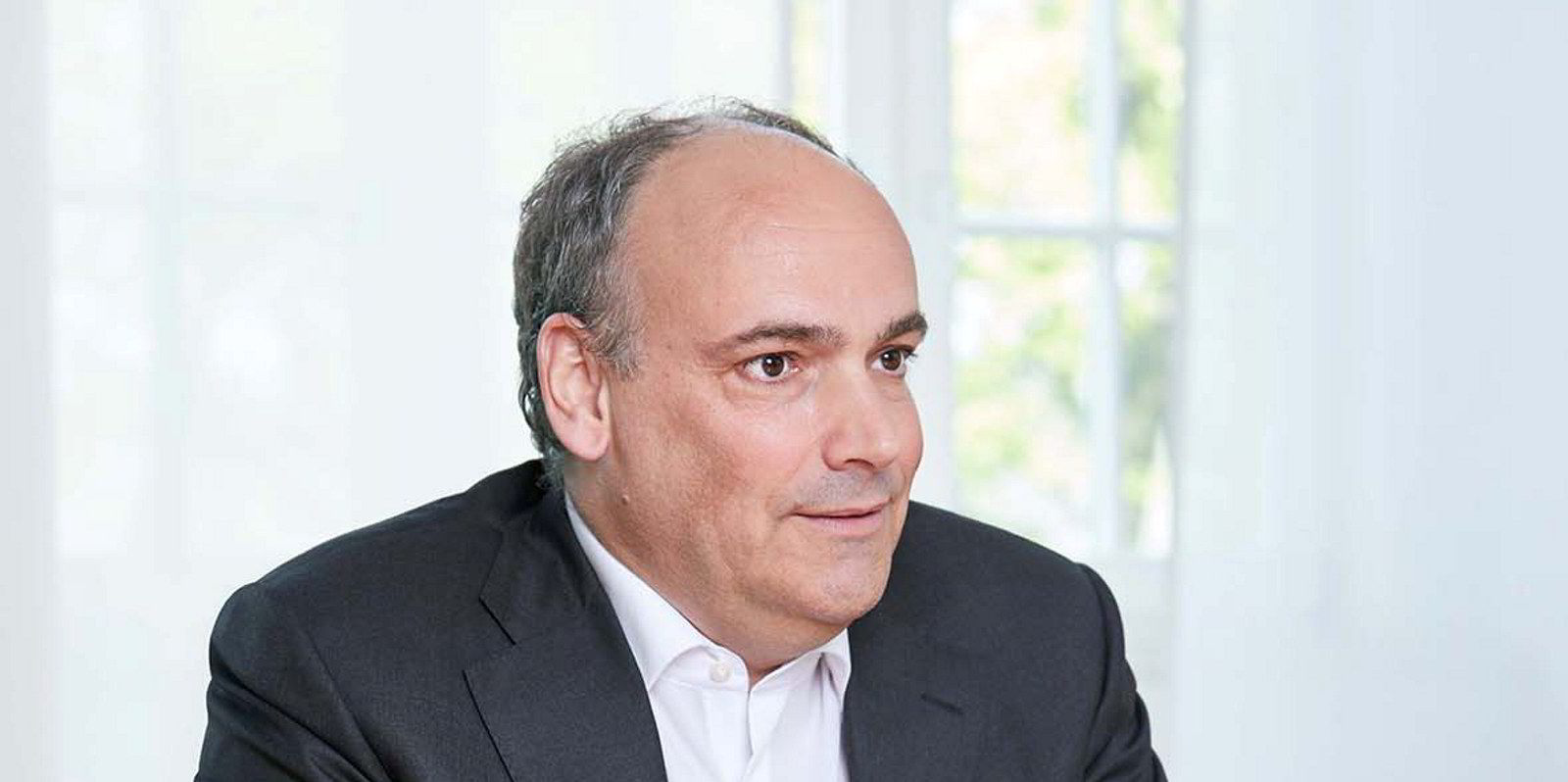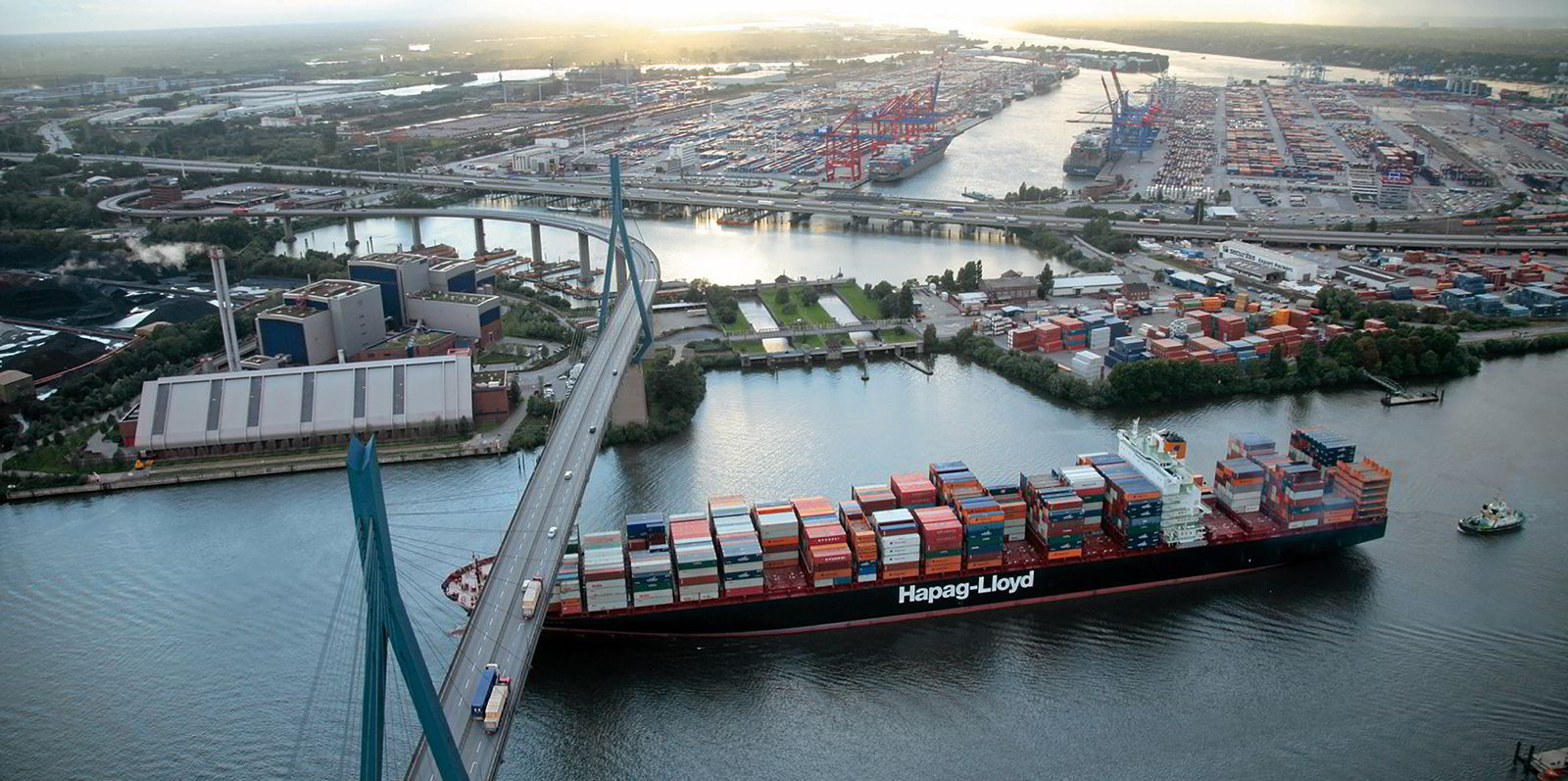Liner operator Hapag-Lloyd expects to earn strong profits this year, but chief executive Rolf Habben Jansen is keen to see the container market return to normal.
Habben Jansen believes a return to a more sustainable mode of operating is essential for the health of the liner shipping industry.
But he expects container markets to remain challenging for the coming weeks due to soaring freight rates, port congestion and ongoing container shortages.
Speaking during an annual press update on 18 February, the head of the fifth-largest liner operator said the sector is weathering “a perfect storm” of surging demand, equipment shortages, Covid-19 restrictions, and low inventories.
He conceded that higher spot rates would benefit the company in the short term.
But in the longer term, it is important that container shipping reverts to "normality" and to move as many goods per container on a more sustainable and competitive basis.
"Yes, there’s a peak in freight rates, and we benefit from that," Habben Jansen said.
"But over time, it is very much in our interest that container shipping remains economically attractive.”
Operational crisis
Habben Jansen said the pandemic has led to the biggest "operational crisis" the industry has seen for many years.
He attributed that to unprecedented rebound in demand, transport bottlenecks, and container equipment shortages.
Shippers exposed to the spot market had been caught out by expensive freight and unreliable sailings, he acknowledged.
Shippers are increasingly looking for the certainty of long-term contracts with liner operators, he said.
Habben Jansen expects the pressures on the market would worsen in the first quarter of the year.
“I hope for everybody things are going to normalise in the second or third quarter,” he said.
“But we are likely to see a normal peak season, because inventories have been depleted in many places.”
Surging freight rates led Hapag-Lloyd to lift its Ebitda earnings forecast for 2021 significantly above the 2020 figure of $3bn.
Investment bank Jefferies expects the earnings figure could be 44% higher at €3.95bn ($4.78bn).
That is led by contract rates of between 30% to 50% higher than spot rates, which are more than double the 2020 average.
Challenging
But the first half of 2021 will remain challenging, as port delays continue to have a major impact on schedule reliability, Habben Jansen said.
Demand remains high, inventories low, and productivity in ports is still impacted by Covid.
This will keep freight rates high. Hapag-Lloyd forecasts Ebitda of at least $1.8bn for the first quarter of 2021, about $1.3bn higher than the same quarter last year.
But port congestion will continue to impact on schedule reliability with average delays amounting to several days in some ports in Asia and the transpacific.
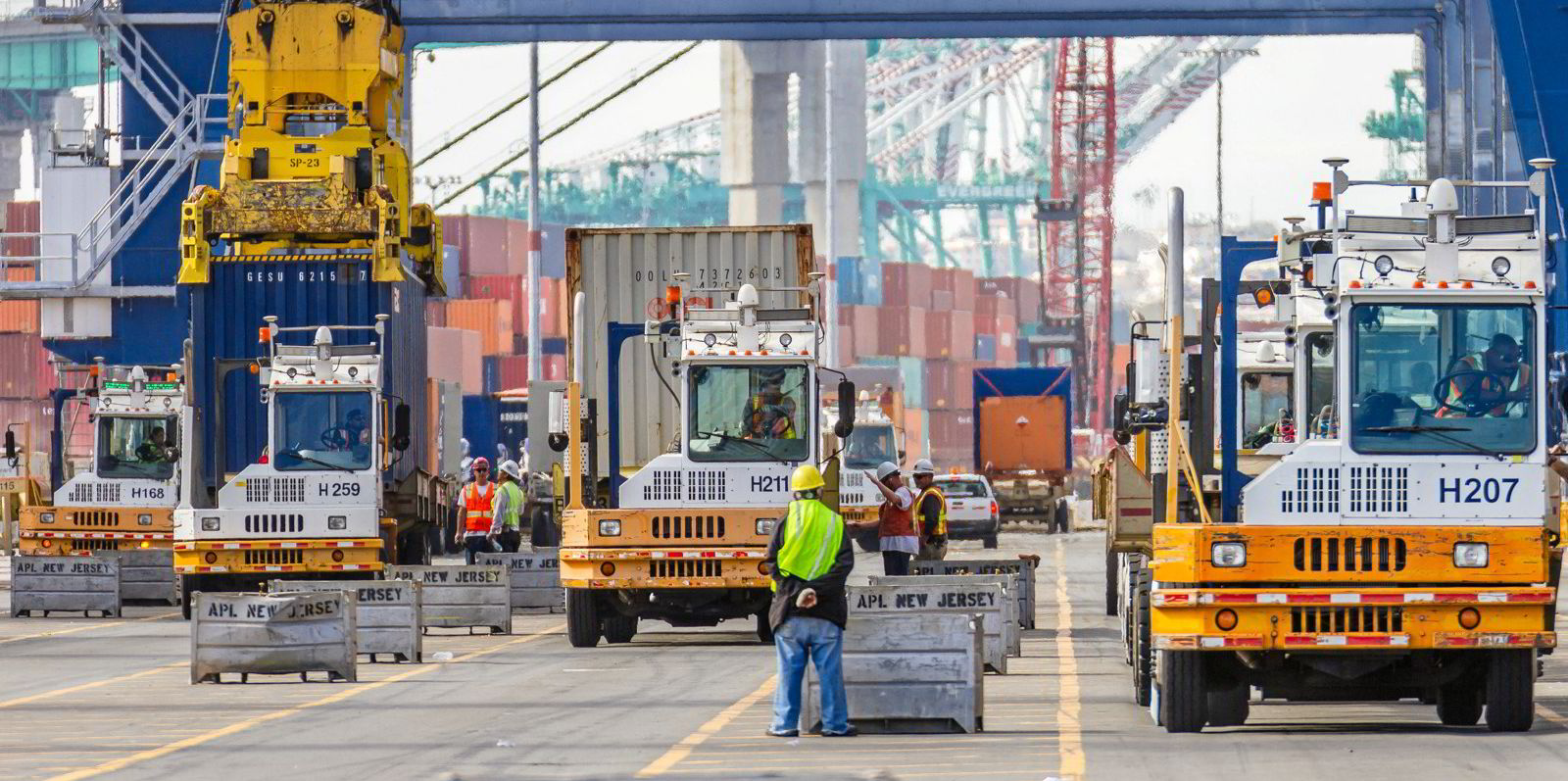
Habben Jansen said that the backlog is impossible to make up by speeding up ships, and sailing schedules would be affected in February and March.
“We have a lot of ships waiting. I’d hoped we’d have some improvement after Chinese New Year, but given the severity it’s not going to be solved shortly,” he said.
He added that the shortage of containers was likely to be resolved before the other issues.
“Right now container capacity is tight, but we have more boxes in the system,” he said.
The company has also pushed up its utilisation of containers “to a level we’ve never seen before”, he said.
“That means every box that is available is in use.”
52 extra loaders
Hapag-Lloyd has also deployed 52 vessels as extra loaders on its services to reposition empty containers, Habben Jansen said.
“In a normal year, that would always be a single-digit number,” he added.
The company has moved capacity to trades with high demand such as Asia-Europe.
Cargoes have been rerouted to avoid congested ports, and the company has tried to postpone repairs and maintenance of older containers.
“All our vessels are in use, we have nothing laid up since September,” Habben Jansen said. “We’ve tried to also charter additional ships which is very difficult in today's market.”
Soaring charter rates and the price of oil rising to $60 per barrel are pushing up costs.
But the current market is regarded as a temporary phenomena and not a structural change in liner shipping, Habben Jansen said.
